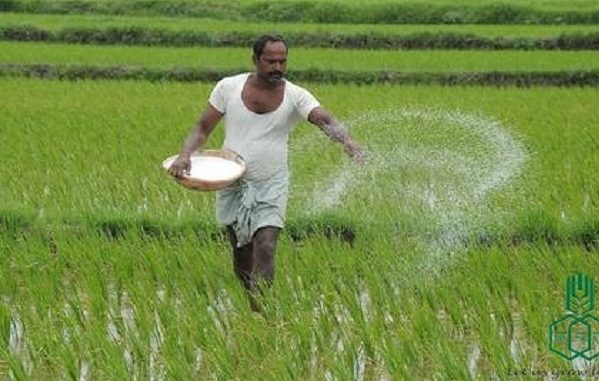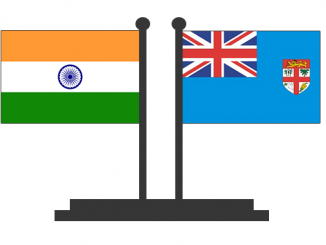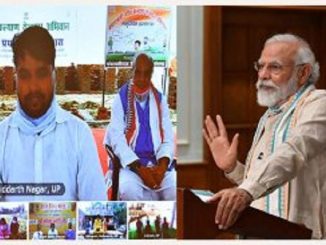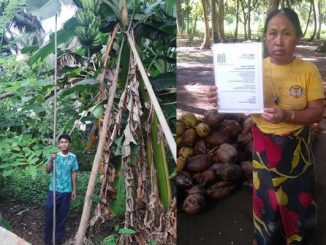
Feb 12: A Centrally Sponsored Scheme namely National e-Governance Plan in Agriculture (NeGPA) was initially launched in 2010-11 in 7 pilot States, which aims to achieve rapid development in India through use of Information & Communication Technology (ICT) for timely access to agriculture related information to the farmers. In 2014-15, the scheme was further extended for all the remaining States and 2 UTs. The scheme has been extended up to 31.03.2021.
Under Phase-II of the scheme, funds were released to States for carrying out the activities viz. site preparation of offices for installation of hardware and establishment of computer training labs, procurement, installation and accounting of hardware/system software. The back-up power arrangements, wherever required, Setting-up of State Project Management Unit (SPMUs) and hiring of manpower on contract basis, connectivity for the locations for installation of hardware and Data Digitization Customization of applications as per State/UT’s specific requirements.
Realizing the significance of new digital & emerging technologies, the Committee on Doubling Farmers’ Income (DFI) has recommended further expanding and augmenting of the digital agriculture initiatives of Government of India. The report focused on modern management of agriculture viz. Remote Sensing; Geographical Information System; Data Analytics and Cloud Computing; Artificial Intelligence & Machine Learning; Internet of Things; Robotics, Drones & Sensors and Block-chain.
In order to infuse modern information technologies in the farm sector, the NeGPA guidelines were amended in 2020-21 and funds were released for sanctioning projects for customization / shifting of web & mobile applications already developed by the States, to the platform to be developed using digital/emerging technologies. Several States have come forward to utilize this amended policy and accordingly pilot projects have been sanctioned in various States to make use of emerging technologies.
Besides, the new initiatives of creating Farmers’ Database, Unified Farmers Service Platform (UFSP) etc would bring a paradigm change in accessing the data relating to farmers and can be used to develop customised solutions, make better plans and monitor their implementation.
Unified Farmer Service Platform (UFSP):
UFSP is a combination of Core Infrastructure, Data, Applications and Tools that enable seamless interoperability of various public and private IT systems in the agriculture ecosystem across the country. UFSP is envisaged to play the following role:
- Act as a central agency in the agri ecosystem (like UPI in the e Payments)
- Enables Registration of the Service Providers, public and private
- Enables Registration of the Farmer Services G2F, G2B, B2F and B2B
- Enforces various rules and validations required during the service delivery process
- Acts as a Repository of all the applicable standards, API’s and formats
- It shall also act as a medium of data exchange amongst various schemes and services to enable comprehensive delivery of services to the farmer.
Farmers Database:
For better planning, monitoring, policy making, strategy formulation and smooth implementation of schemes for the farmers a nationwide Farmers Database linked with land records is being created with the following objective:
- Develop nationwide database of farmers
- Keep a record of unique farmers.
- Unique farmer ID (FID) to uniquely identify a farmer
- To know benefits availed by a farmer under various schemes
This Centralized Farmers Database shall be useful for various activities like issuing soil health cards, dissemination of crop advisories to the farmers, precision farming, smart cards for farmers to facilitate e-governance, crop insurance, settlement of compensation- claims, grant of agricultural subsidies, community/village resource centres etc. The data of 4.3 crore farmers linked with land records have already been verified and the database would be unveiled shortly.
Disclaimer: We donot claim that the images used as part of the news published are always owned by us. From time to time, we use images sourced as part of news or any related images or representations. Kindly take a look at our image usage policy on how we select the image that are used as part of the news.


